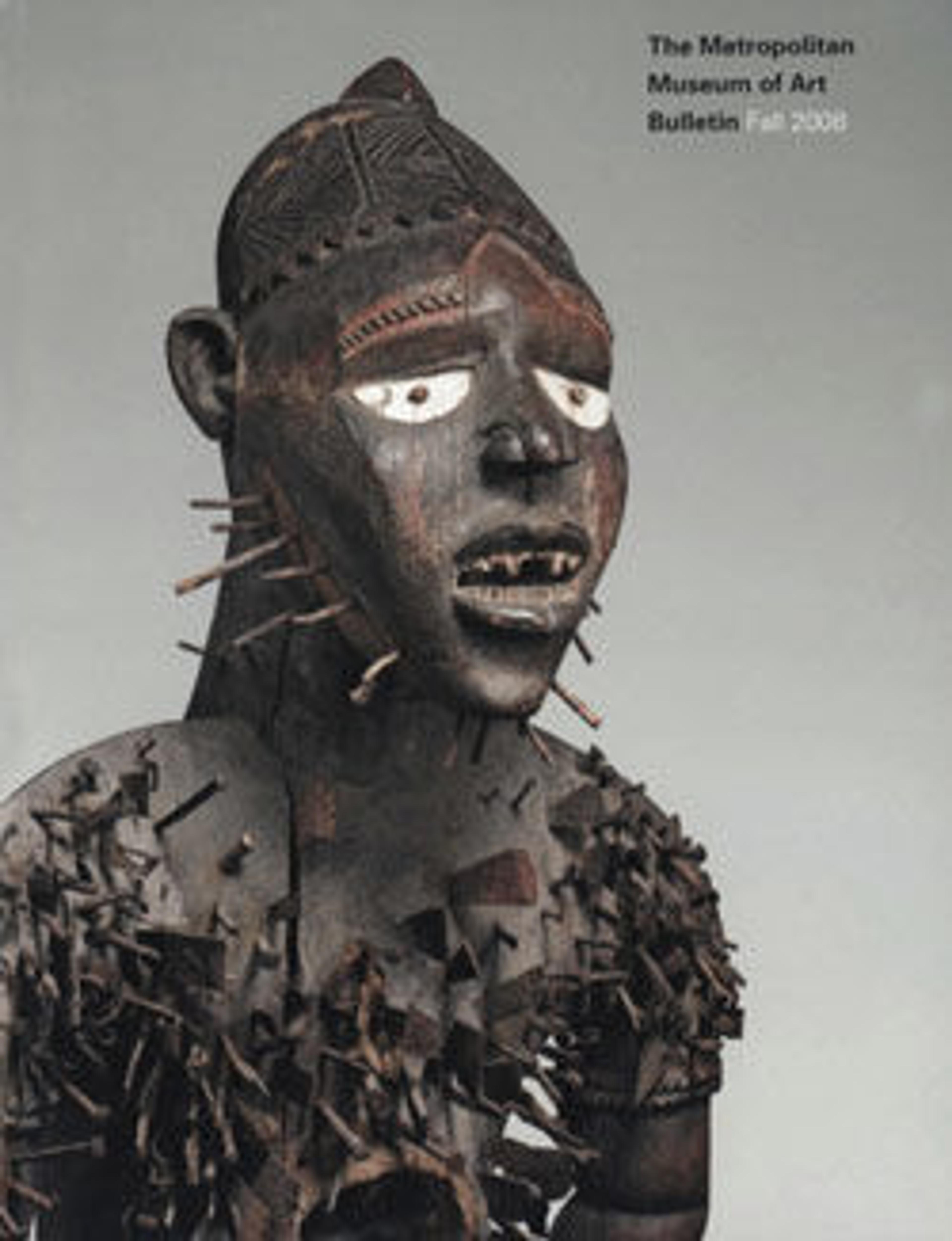Inundated Ruins of a Monastery
With Caspar David Friedrich and Johan Christian Clausen Dahl, who both exerted a major influence on his art, Karl Blechen can be termed one of the leading landscapists of German Romanticism. A more overtly subjective painter, he transformed his observations of nature and architecture by means of his imagination and technical experiments. The proud medieval building in this drawing—in fact hardly more than a seemingly endless wall supported by a row of arched vaults—has been overgrown by vegetation and worn away by water. The quintessentially Romantic theme of the victory of nature over man is animated by the richness of Blechen's technique: he scraped away ink to add highlights to the water and evoke the scaly surface of the stems of the trees at left. The drawing is directly related to a painting from 1824 that was unfortunately destroyed in a fire in 1931. Its nervous yet careful execution and the differences between it and the painting, in which the inundated wall is seen from within a cavern, suggest that it was intended as an independent work, an inspired repetition on paper of a celebrated canvas. The absence of the arch of the cavern in the foreground places less emphasis on the imaginary character of the subject, making the drawing all the more haunting.
Artwork Details
- Title: Inundated Ruins of a Monastery
- Artist: Karl Blechen (German, Cottbus 1798–1840 Berlin)
- Date: ca. 1824
- Medium: Pen and black ink, watercolor washes, sgrafitto
- Dimensions: Sheet: 10 1/4 x 13 1/8 in. (26 x 33.3 cm)
- Classification: Drawings
- Credit Line: Acquisitions Fund and 2005 Benefit Fund, 2008
- Object Number: 2008.109
- Curatorial Department: Drawings and Prints
More Artwork
Research Resources
The Met provides unparalleled resources for research and welcomes an international community of students and scholars. The Met's Open Access API is where creators and researchers can connect to the The Met collection. Open Access data and public domain images are available for unrestricted commercial and noncommercial use without permission or fee.
To request images under copyright and other restrictions, please use this Image Request form.
Feedback
We continue to research and examine historical and cultural context for objects in The Met collection. If you have comments or questions about this object record, please complete and submit this form. The Museum looks forward to receiving your comments.
